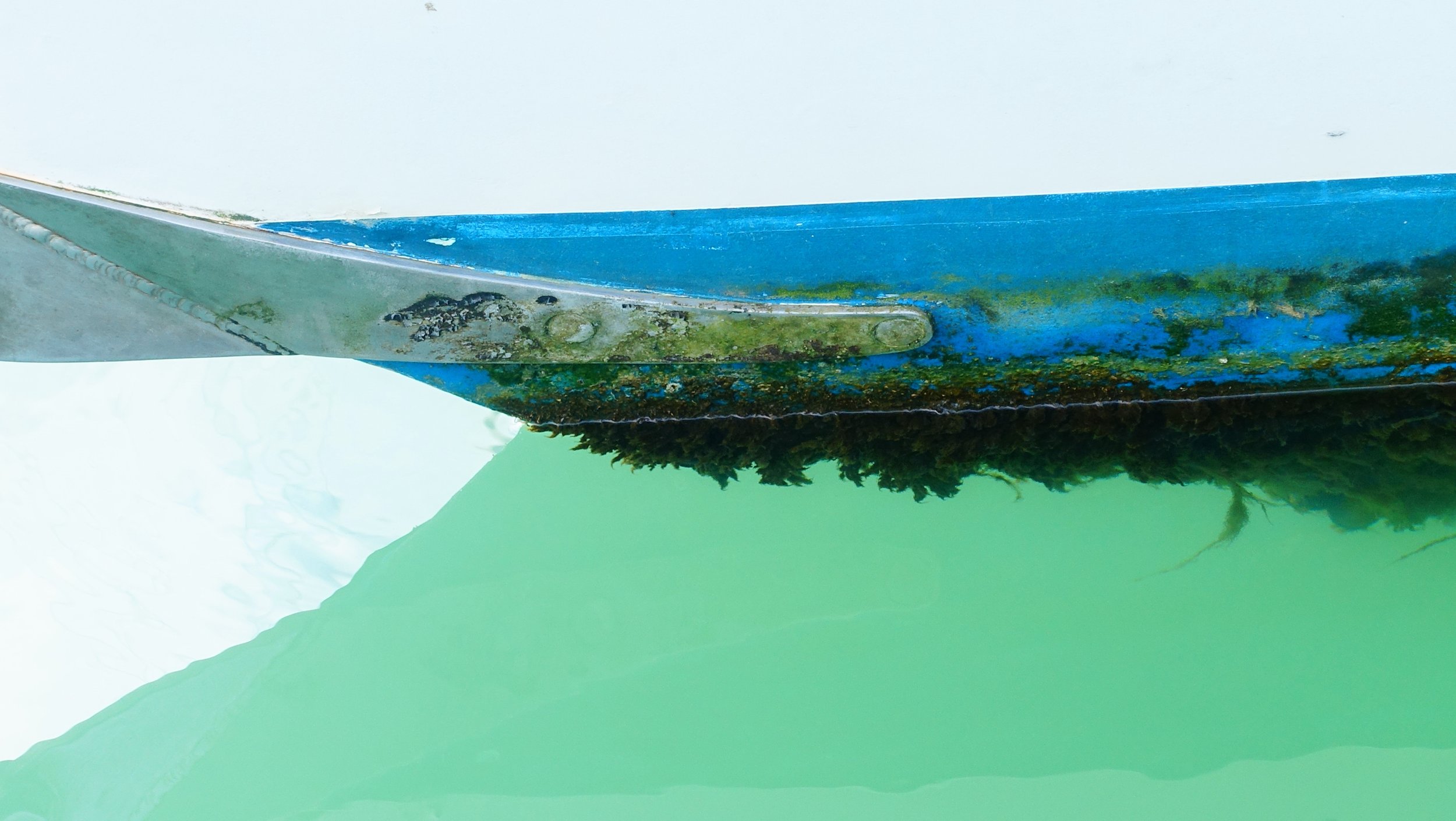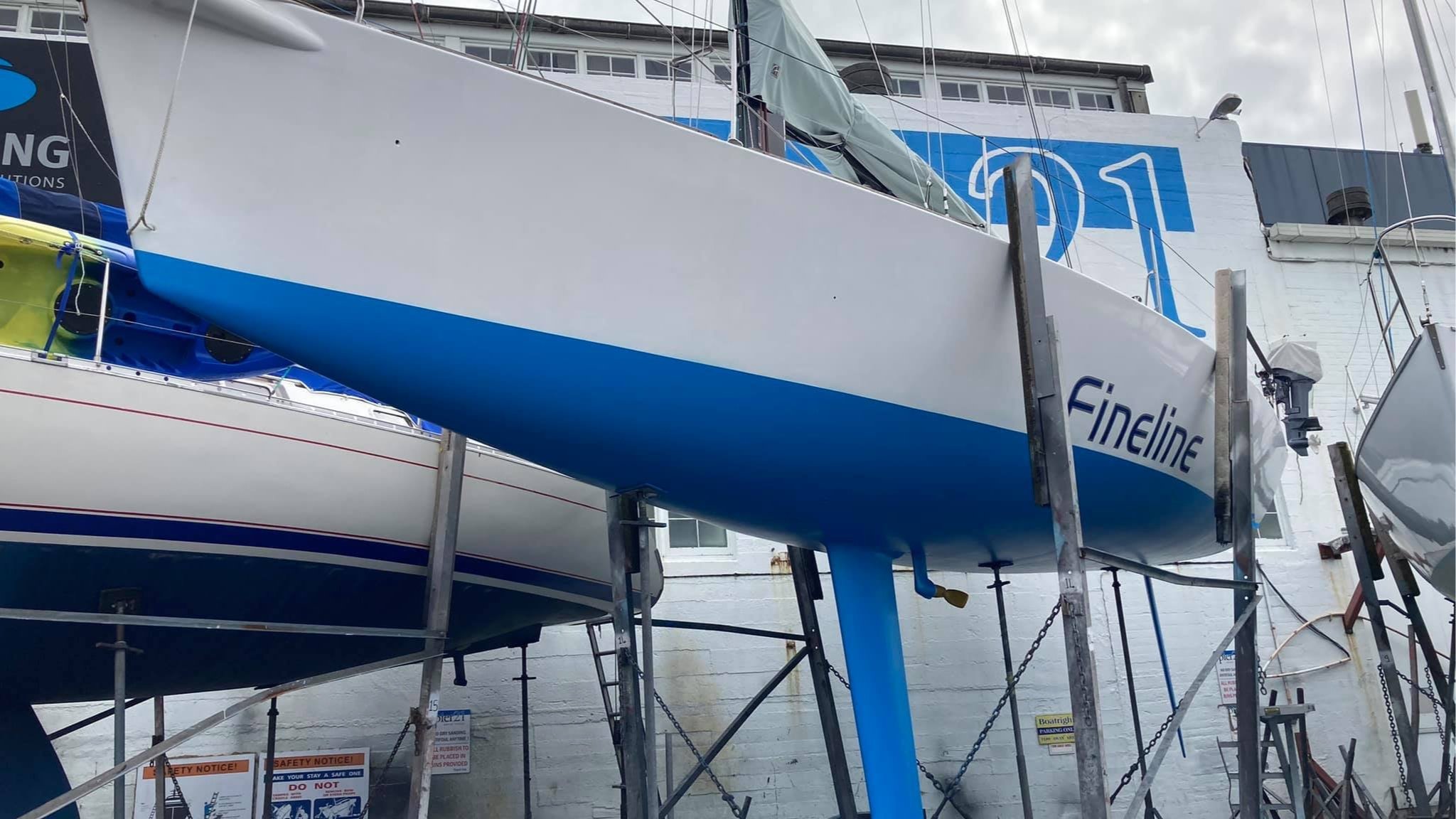
Marine pests hitchhike on dirty hulls
FACT
Biofouling can have a serious affect on your boat and also the natural places you enjoy. It is important that you keep your boat clean and free of pests.
Biofouling can block water pipes, reduce fuel efficiency and speed, make your boat slower and shorten the life of your boat and gear.
Plants and organisms can build up on any surface that is underwater. This is called biofouling. Biofouling increases the longer a boat stays in the water.
In the environment marine pests can destroy our beautiful rock pools and beaches, ruin recreational and commercial fishing and make it more difficult to farm oysters and mussels.
You can protect your boat and New Zealand’s coastlines by making sure your boat is clean and antifouled. We recommend getting advice from a professional.
Anything that goes in the water can spread marine pests. This includes the boat and its engine cooling system, anchors, ropes and gear.
Most regions and many marinas have rules relating to biofouling and the spread of marine pests. Check the rules page on our website.
The Level of Fouling (LoF) Scale
The Level of Fouling scale assists with measuring how much fouling is on a particular boat, to help authorities and marinas assess in a consistent way if a boat poses a marine biosecurity risk. There are six categories, based on the amount of fouling visible on a vessel’s submerged surfaces.
LoF 1 ✅
Slime layer on some or all surfaces. No macrofouling.
LoF 0 ✅
No slime layer. No macrofouling. Only clean surfaces.
LoF 2 ✅
Macrofouling present in small patches or a few isolated individuals or small colonies.
LoF 4 ❌
Extensive macrofouling but more than half of surfaces are unfouled
LoF 3 ❌
Considerable macrofouling on surfaces.
LoF 5 ❌
Very heavy macrofouling present covering substantial portions of visible surfaces.
Several councils, including Northland Regional Council, Auckland Council and Bay of Plenty Regional Council require boats to be at LoF 2 or less. If your boat is approaching LoF2 or if any pest species are present, it’s time to book a clean or, if needed, maintenance including fresh antifoul. This is not only best practice for boat performance, it also ensures you don’t fall foul of marine pest rules in many regions.
Download the guide for full detail on each level of the system:












